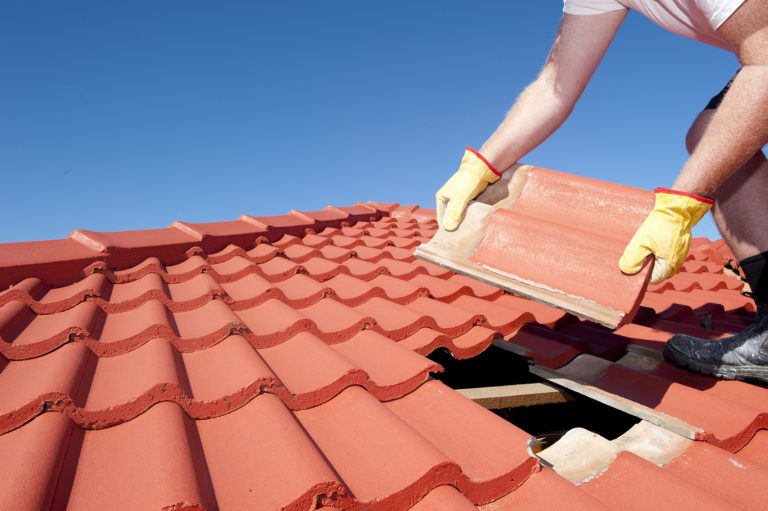Roof inspections are essential for figuring out potential points and guaranteeing the longevity of your roof. Regular inspections might help detect problems early, preventing expensive repairs or replacements down the line. Here are some common methods and steps for conducting a roof inspection:
Visual Inspection:
a. Exterior Inspection:
Start by inspecting the roof from the ground utilizing binoculars or by safely climbing onto a ladder to get a closer look.
Look for seen signs of harm, corresponding to lacking or damaged shingles, curling or buckling shingles, or free or deteriorated flashing round roof penetrations.
Check for debris, moss, algae, or lichen development on the roof, which may point out moisture-related issues.
Inspect the gutters and downspouts for granules from shingles, as excessive granule loss can signal shingle put on.
b. Interior Inspection:
Go into the attic or crawl area and examine the underside of the roof deck for signs of leaks, moisture, or water stains.
Look for daylight coming by way of cracks or holes within the roof deck, which may point out roof damage.
Check for indicators of insulation harm, mould, or mildew development, which may result from roof leaks.
Roof Walk:
a. If it is protected to take action, stroll on the roof floor to examine it up close.
b. Be cautious and wear acceptable security gear, similar to non-slip shoes and a security harness if wanted.
c. Look for any soft or spongy areas, which may indicate underlying harm.
d. Check for unfastened or damaged roofing supplies, in addition to signs of damage and tear.
Moisture Detection:
a. Use a moisture meter to detect hidden moisture throughout the roof structure and insulation.
b. Moisture detection might help establish leaks or areas of potential water intrusion that is probably not seen.
Drone Inspection:
a. Drones geared up with cameras can provide a comprehensive view of the roof floor with out the need for direct physical entry.
b. A drone inspection may be particularly useful for larger or hard-to-reach roofs.
https://roofrestorationtownsville.com/roof-replacement-grant/ :
a. Consider hiring an expert roofing contractor or inspector to conduct an intensive inspection.
b. Professionals have the experience, instruments, and experience to identify issues that is in all probability not obvious to a homeowner.

Documentation:
a. Document your findings with photographs and notes to create a document of the roof's condition.
b. This documentation could be helpful for tracking modifications over time and for insurance coverage claims or repairs.
It's important to carry out roof inspections regularly, ideally no much less than annually, and after severe climate occasions like storms. Additionally, when you're not snug or assured in your ability to carry out a roof inspection safely, it is advisable to rent a qualified roofing professional to ensure a thorough and accurate assessment of your roof's situation..
